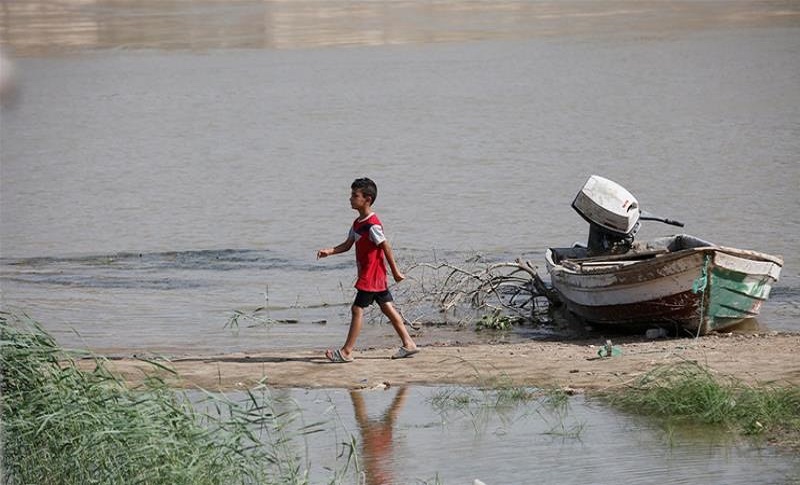Iran’s natural disaster worsens by the day as it becomes clear that the regime is unconcerned about the crisis, and the country’s natural ecosystem has reached a critical point over the last year, according to the People’s Mujahedin of Iran (PMOI / MEK Iran), and the National Council of Resistance of Iran (NCRI).
Soil, water, air, and biodiversity
Soil, water, air, and biodiversity, the four parameters that indicate the state of Iran’s environment, all have a grim outlook. Iran’s condition is becoming increasingly precarious in all four areas. Iran has the world’s second-highest rate of soil erosion (compared to its part of the earth’s landmass).
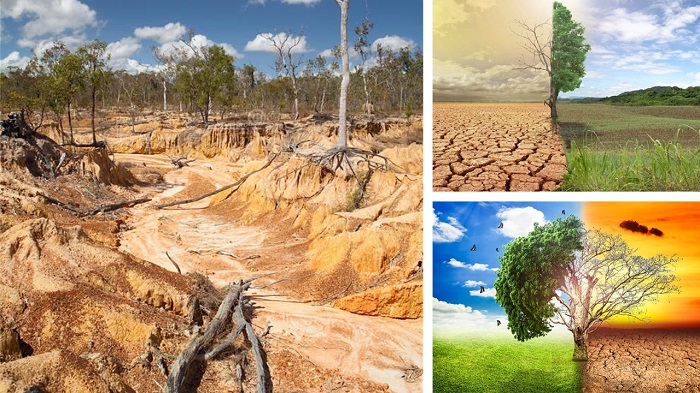
The deterioration of the situation in Iran
In Iran, one centimetre of soil takes an average of 800 years to create, whereas soil formation on Earth takes an average of 400 years. Therefore, the deterioration of the situation in Iran is 16 times the global average.
If Iran does not have fertile land, it will be impossible to feed its people. The Revolutionary Guards (IRGC) is aggravating the problem by exporting soil to other nations, despite the fact that nearly no country in the world exports soil due to the time-consuming process of soil development.
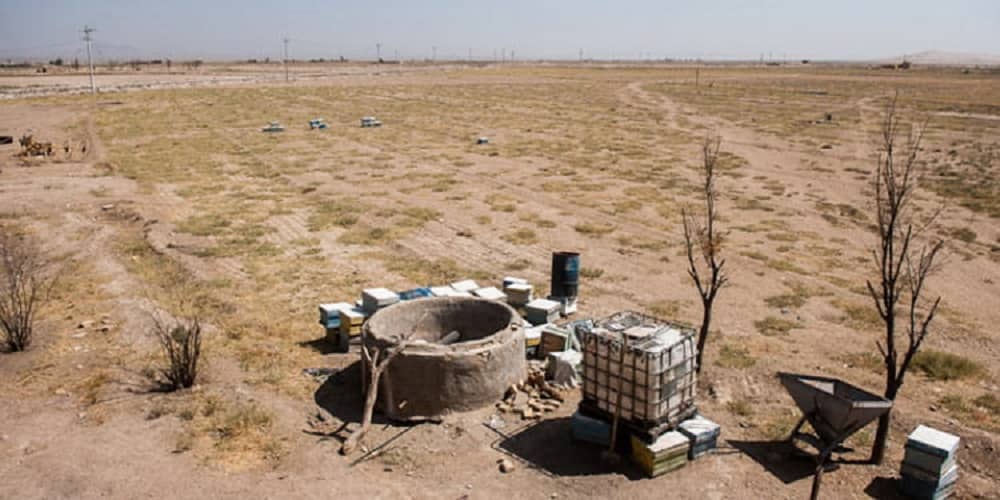
35,000 villages have been abandoned
Iran’s aquifers are lowering at a rate of 2 metres per year on average.
Land subsidence occurs as a result of this. The Geological Survey reported a subsidence of 54 centimetres per year in the south of Tehran in 2010, which is 140 times more than the critical limit.
Because of declining soil fertility, 35,000 villages have been abandoned.
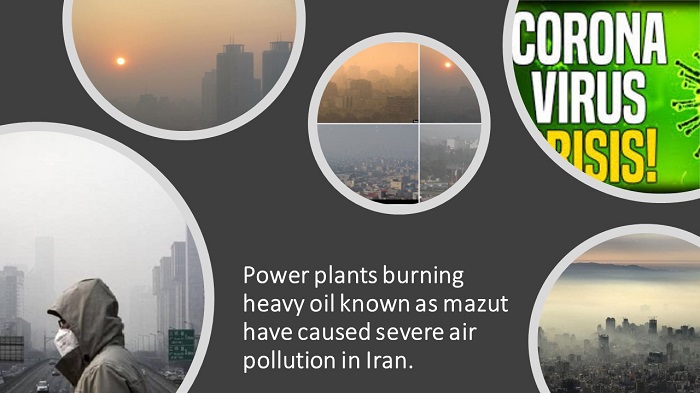
Air pollution continues
Air pollution continues to be a grave and life-threatening problem. At least one of Iran’s cities is consistently ranked among the world’s top ten most polluted.
The $ 8 billion costs of air pollution are staggering. Official government statistics claim that only 35,000 people are killed by air pollution, but when it is announced that 400,000 people have been killed by air pollution in the European Union and 50,000 in the United Kingdom, it is hard to believe, especially for a government that is doing nothing to address the problem.
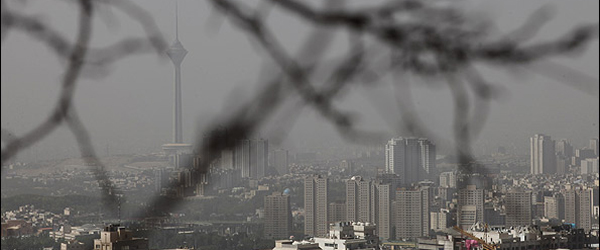
Iran is running dry its water resources
Iran is running dry its water resources. The majority of the country’s rivers have dried up. Due to rent-seeking permits, the Chalous River has dried up for the first time in its history. The age of this river is said to be the age of the northern woodlands. A river that begins in Mazandaran’s Kandovan and travels 85 kilometres to the Caspian Sea.
The level of deforestation and environmental degradation in the country’s north is incredible, and now, with the onslaught of the “private sector,” deforestation, river dryness, and water transfer projects have doubled in intensity.
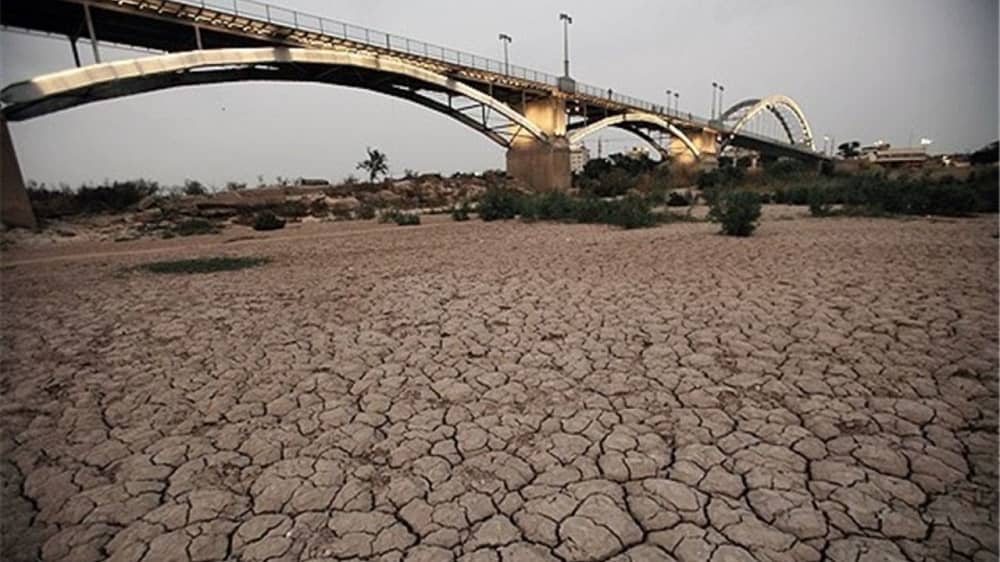
The presence of toxic material
But there’s more to this tragic tale; here’s another example.
For many years, the infiltration of Ilam Petrochemical effluent into the Chavar River has been a serious concern; the plant produces significant amounts of solid waste and sludge each year, some of which can endanger rivers, countless fish, and even the surrounding environment due to the presence of toxic material.
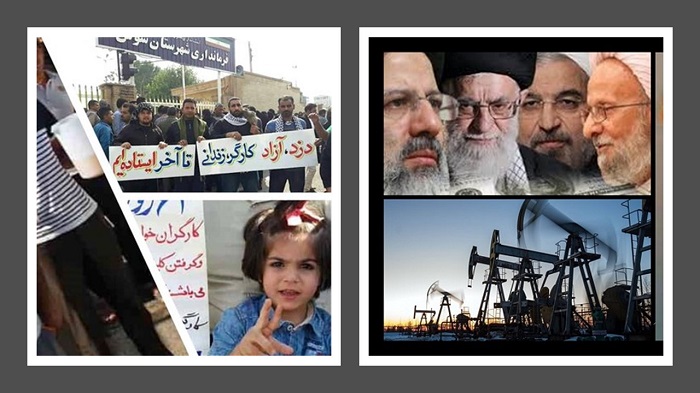
Treat of wastewater
Now the question is why Ilam Petrochemical, which earns billions of Tomans every day, is unable to treat its wastewater.
Why is it that this enormous industrial conglomerate is unable to construct a refinery?
Questions like these, and many others, must be answered by the administration, but Iran watchers believe that this is a hopeless demand from the regime.

MEK Iran (follow us on Twitter and Facebook)
and People’s Mojahedin Organization of Iran – MEK IRAN – YouTube


